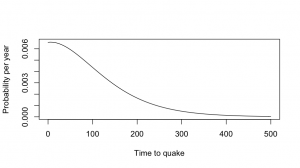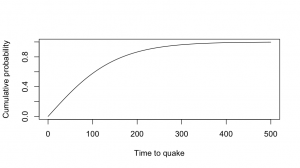The light at the end of the tunnel
It’s the end of another semester, and we’re about to have a couple of days of presentations by our BSc(Hons) and MSc students, telling us what they’ve been doing all year:
Improving staffing schedules at a Cardiothoracic Intensive Care Unit
Clickers: A study of student opinion on audience response technology
Population modelling interactions between introduced and threatened species for conservation management
Deal or No Deal
From question to design: Creating a guide for experimental planning and design in the biological sciences
Balanced Incomplete Block Design in Multivariate Analysis
Use of multivariate omnibus test with mixed model analysis on heterogeneous nested data
Generalised Estimating Equations (GEEs) in the multivariate omnibus test
Web-based interactive graphics
Interactive Graphics for Data Quality Assessment
Creating an R meta-analysis graphics package
Monte Carlo Methods for Adjusting Confidence Intervals for Parameter of Point Process Models
Investigating if follow-up at outpatient clinics helps prevent adverse patient outcomes from Bowel Resection and Hip Replacement
Methods of analysing hospital length of stay
Data management for combining data sets and macro simulation
Bootstrap methods in linear regression
Comparison of volatility estimates in Black-Scholes option pricing
Financial planning for retirees
A diagnostic for the Gaussian copula
Model Selection under Complex Sampling
BART vs Logistic regression: Propensity score estimation
Modelling and Prediction of Electricity Consumption
Brand attribute importance using choice elimination
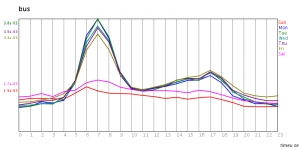
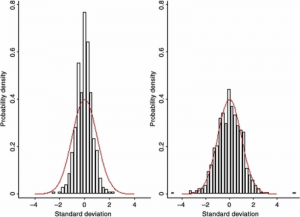
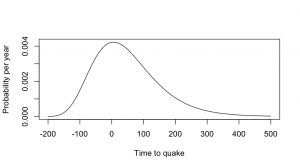 This is a simple and reasonable model for time intervals, and it also has the virtue of giving the same answers that the researchers gave to the press. Using the estimates of mean and variation in the paper, the distribution of times to the next big quake looks like the first graph. The quake is relatively predictable, but “relatively” in this sense means “give or take a century”.
This is a simple and reasonable model for time intervals, and it also has the virtue of giving the same answers that the researchers gave to the press. Using the estimates of mean and variation in the paper, the distribution of times to the next big quake looks like the first graph. The quake is relatively predictable, but “relatively” in this sense means “give or take a century”.